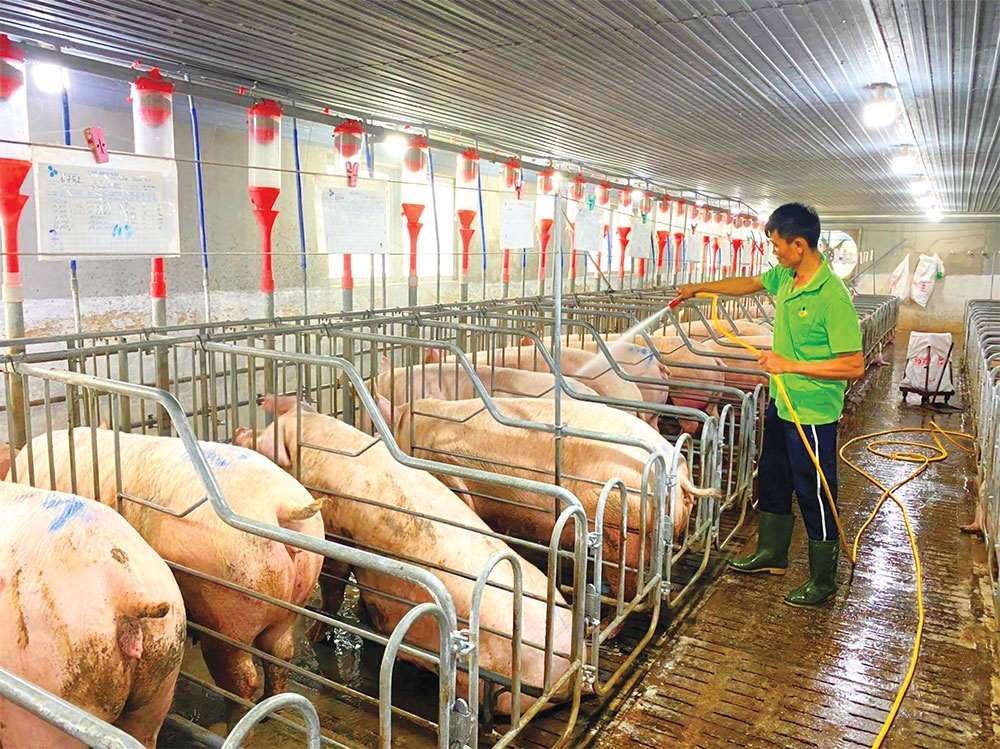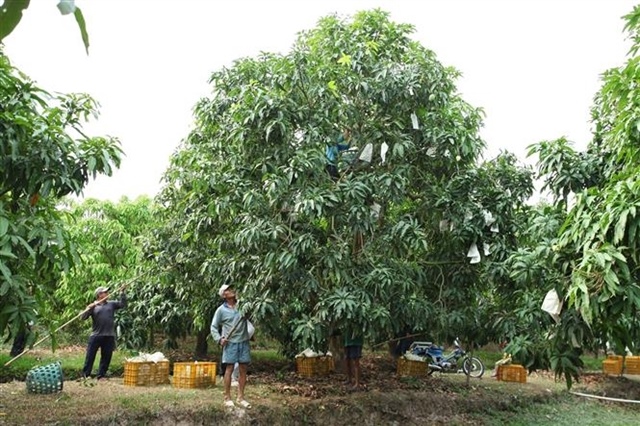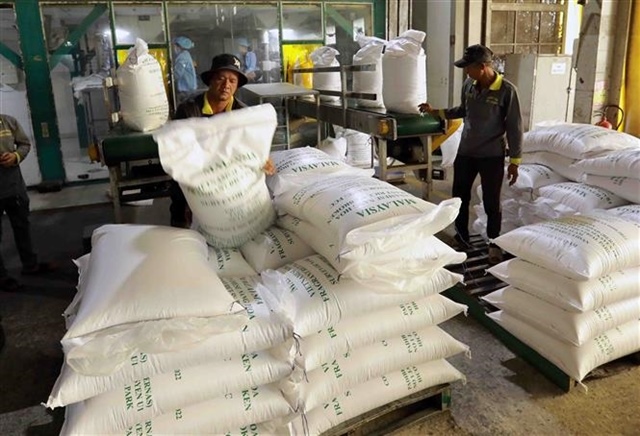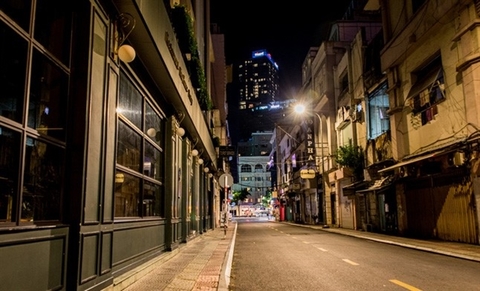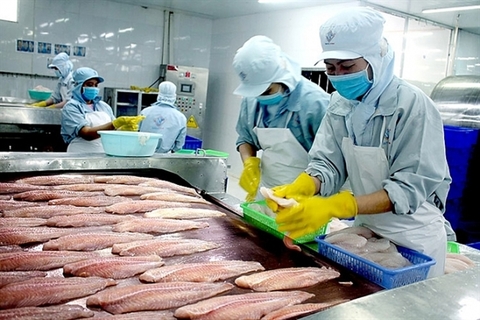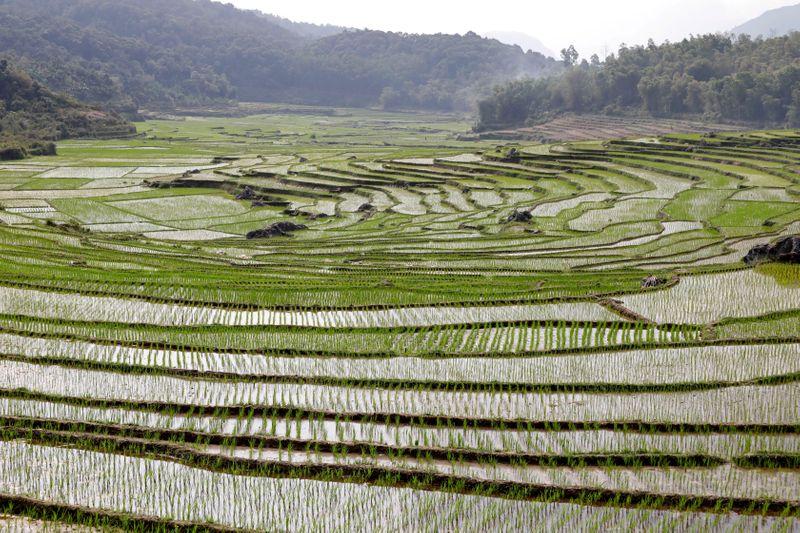Gas demand for power generation declines
Gas demand for power generation declines
In the first eight months of 2021, gas demand for power generation declined due to the impact of the Covid-19 pandemic that negatively affected state budget revenues and the economy, as well as implementation of the national energy strategy.
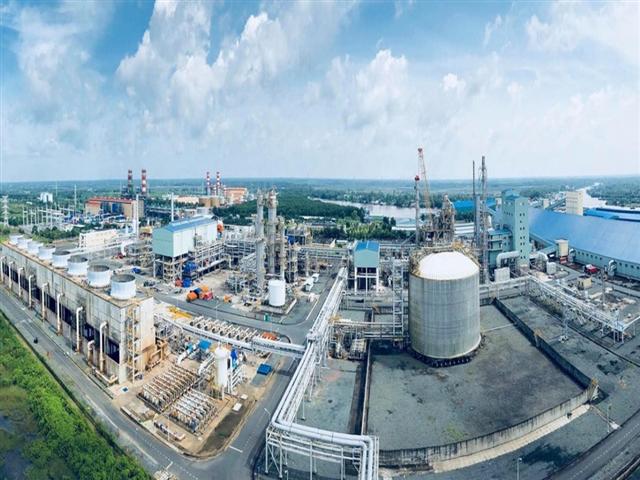
The Ca Mau Gas-Power-Fertilizer Complex |
Impact on state budget revenues
The resurgence of Covid-19 has seriously affected gas consumption. During the July-August period, the impact of the pandemic on gas consumption increased due to large-scale implementation of social distancing, especially in the southern provinces and cities. With the pandemic likely to persist and shrink economic growth in the final months of the year, low gas demand for power generation is also likely to continue.
Power plants are currently the main consumers, accounting for 80 percent of total gas output. A decline in gas demand for power generation will reduce capacity of plants and decrease gas exploration in offshore oil and gas fields, negatively affecting state budget revenues (oil and gas exploitation is a major source of state budget revenues). In addition, gas buyers will have to implement prepayment obligations, affecting their cash flow.
A decline in gas demand for power generation will also lead to a significant decrease in local budget revenues. Specifically, Ba Ria-Vung Tau Province’s budget revenues are expected to decrease by VND435 billion in 2021.
Gas demand for power generation is forecast to continue declining in 2022. Gas demand for power generation in the southeastern region will not exceed 2.8 billion cu.m, while the southwestern region could be as low as 755 million cu.m. Local budget revenues will be greatly affected (Ba Ria-Vung Tau Province’s budget revenues are expected to decrease by VND1.121 trillion).
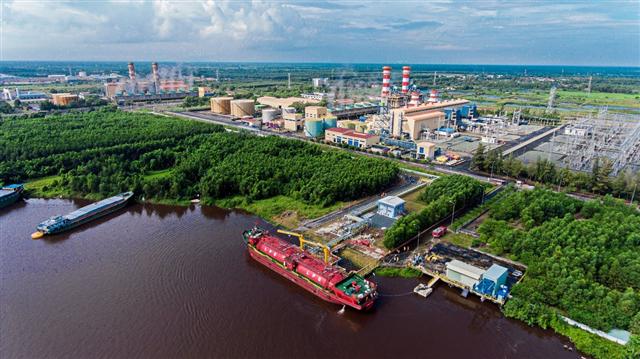
Ca Mau Province proposes mobilizing power from the Ca Mau 1 and 2 power plants |
Electricity price problem
A decline in gas demand for power generation reflects a low load in the electricity market. The power sector faces a problem of excess power because many factories have suspended operations or reduced capacity in light of restrictions to contain the pandemic, while power supplies have increased significantly as renewable energy projects have been put into operation.
Solar and wind power plants are given priority at a maximum level although their price for electricity is higher than of gas-fired power. In fact, power produced by all forms of renewable energy is more expensive than gas-fired power although it is also cleaner.
To ensure the overall efficiency of the gas value chain and create a foundation for sustainable development of Vietnam’s gas industry, there should be fairness in mobilizing power sources, contributing to ensuring energy security and the country’s economic development.
| The Ca Mau People’s Committee has proposed to the Ministry of Industry and Trade that it direct the state-owned Electricity of Vietnam (EVN) power corporation to mobilize power sources from the Ca Mau 1 and 2 power plants. |


